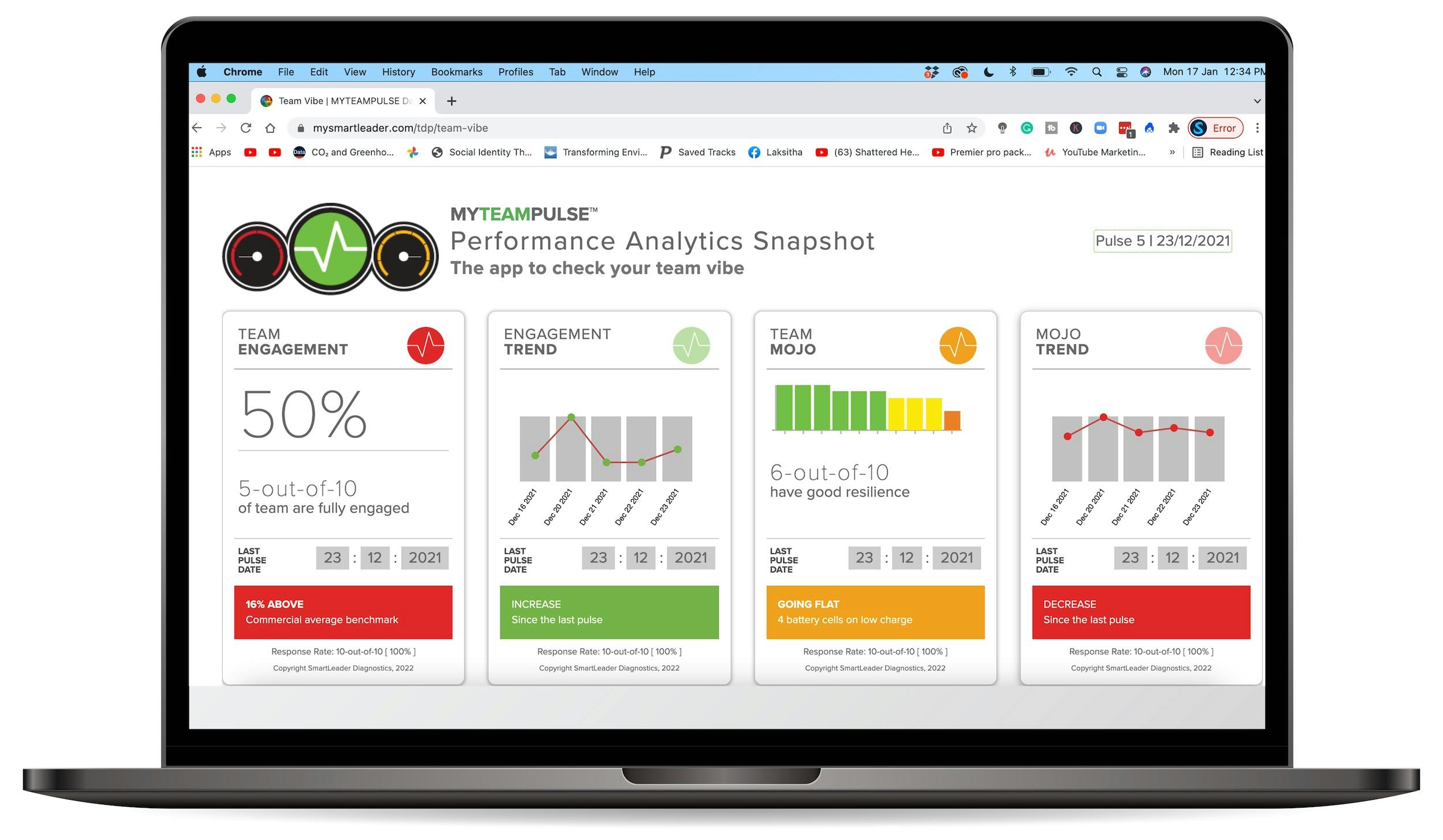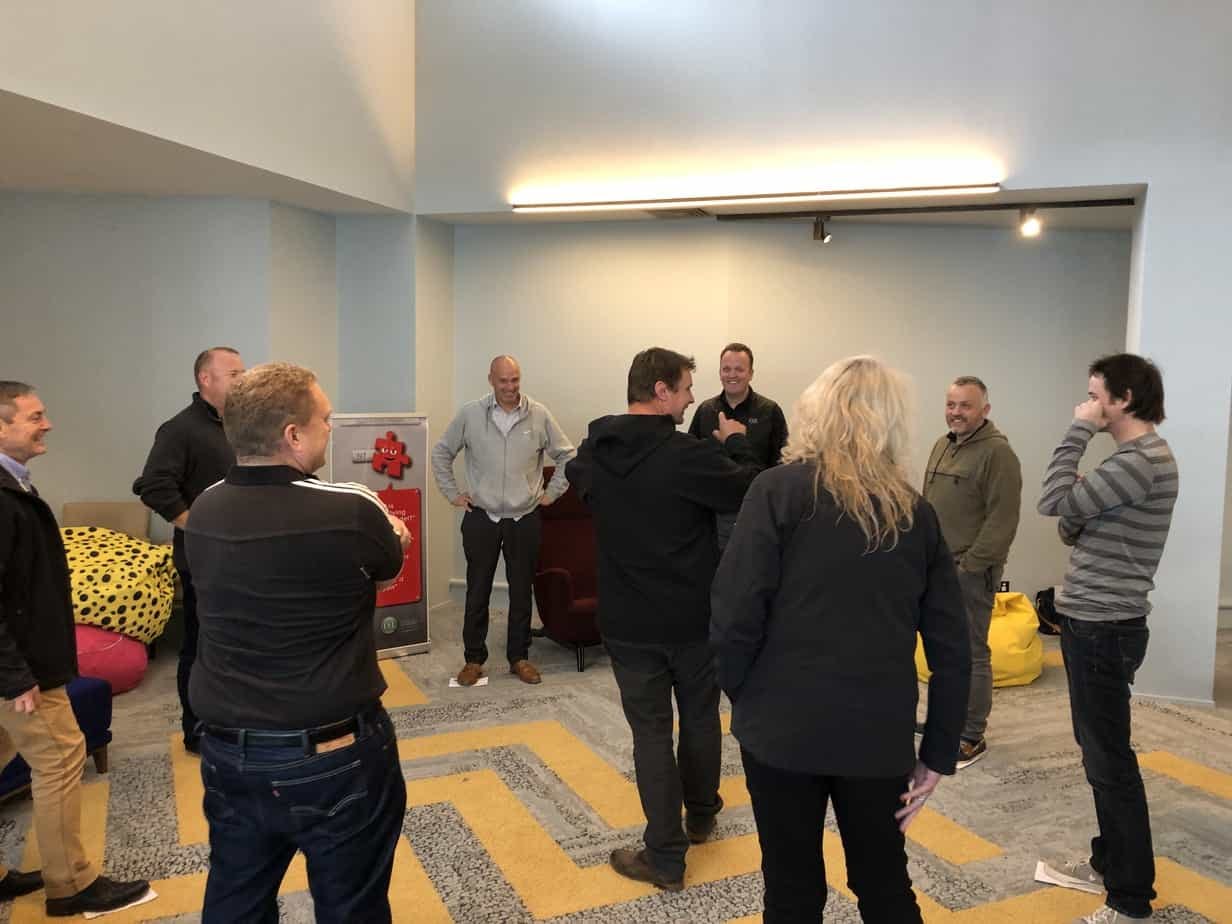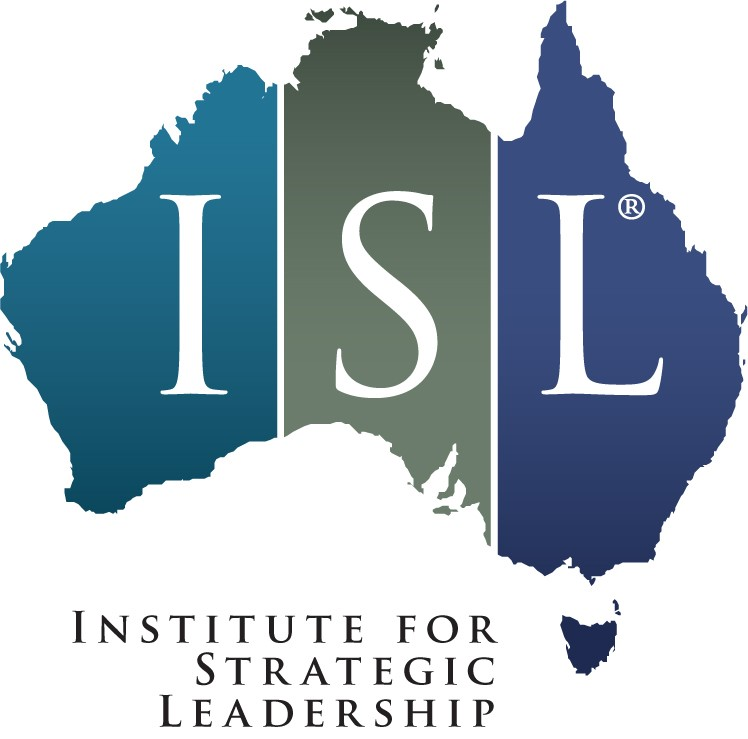High Performing Leadership Team Workshop
An evidence-based approach to team performance to create aligned, unified & engaged teams.


We Build Trust
High performing leadership teams have a shared clarity of purpose and values. They take a whole-of-organisation view. They are built on a foundation of trust. They have honest and courageous conversations.
There are no elephants in the room.
They are aligned and unified.
They hold each other accountable. They are results focused. They are people and customer-centric.
They are 100% engaged.
We Build Trust
A high performing team is a must for leaders. Without a great team vibe, being a leader will feel like “Mission Impossible”

Clarify the purpose and vision
The first part of step 1 involves alignment of team members on the purpose, or the why. Get agreement on what part your team plays in achieving the overall mission of your organisation - and in what way does this why matter. The second part is about the vision. What will success will look and feel like? Step 1 gives each team member a sense of purpose and meaning.
Build a foundation for trust
Building trust requires a process. Step 2 involves team members sharing information about themselves. How they tick. What are their values. What are the life and work experiences that have influenced their dreams, and their fears. Being open and vulnerable is key to trust. Getting an independent practitioner to facilitate a personality profiling and sharing workshop is a very effective way to build a strong foundation of trust.
Develop a team charter
The third step in the Team Build process involves creating a Team Charter. The charter sets out the team’s values, attitudes, and behaviours. The team charter process also involves forging a commitment among team members to living the charter. An important element is coming to an agreement about how charter breaches will be responded to.
Clarify roles and decision-rights
Step 4 involves working together to agree on how team decisions will be made. What is the delegated authority? What needs to be done without reference to others? What needs to be discussed before a decision is made by individuals? What is the ultimate prerogative and responsibility of the team leader? These are key elements of a well functioning team.
Make it safe to speak up
Once levels of team trust have been built, the next step is to make it safe for team members to speak up and be honest, when things need to be said. This is especially important when there are opposing opinions, high stakes, strong emotions, and when charter values are breached. Leaders need to invite different views, ask for pros and cons, and thank team members for sharing their alternative views. Honest feedback should be aligned to charter commitments. This prevents personalising.
Establish accountability
Step 6 involves working together, in a fair and just way, to decide how performance will be reviewed and agree on a regular process for measuring and giving feedback about productivity, and quality of product and service. Poor performing team members drive out talented high performers. What leaders walk past, or turn a blind eye to, they endorse.
Get buy-in to customer focus
No matter how high performing your team is, it won’t be effective at an organizational level if it is inward looking. Step 7 involves agreeing on how the team will work with, and support other teams (internal customers), as well as the ultimate external customers who the team needs to engage. Net Promoter score on the dashboard signals the level of internal and external stakeholder engagement.
Throughout the team build
Adopt a results-oriented approach deploying evidenced-based leadership, and team performance processes. This involves monthly monitoring of key performance indicators. These must include lead factors (drivers) as well as lag factors (outcomes). The Five Vital Signs are: levels of Mojo (resilience), engagement, culture, team effectiveness, and risk pilots (bullying and harassment). These vital signs need to be monitored and reviewed by the team monthly.
Options tailored to your team and organisation’s needs
TEAMS THAT BENEFIT
Teams that have used ISL to build their leadership team performance include:
Group Executive Teams leading and providing shared services to a portfolio of businesses
Business unit leadership teams
Established, well performing teams seeking to lift performance to the next level
Newly formed leadership teams, often post-restructure or post-merger, seeking to establish the foundation for high performance early in the team’s establishment phase
Dysfunctional leadership teams seeking to address significant performance issues
Leadership teams seeking to lead a change in organisational culture

HOW OUR PARTICIPANTS RATE US
Participants who attended our programmes have rated us;
Beneficial
Facilitation
Diagnostics Used
We know leadership, and we know high performing teams. It's what we do.
WHO WE WORK WITH
The following organisations have trusted us with their leader, team or organisational development needs in the last two years.






